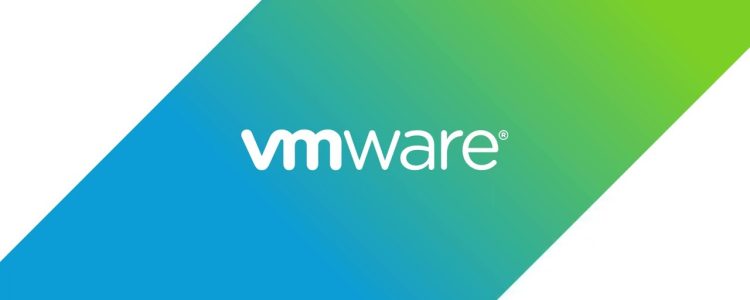Course Overview
Sharepoint is becoming an institution in the modern office. Collaboration, file sharing, and even internal social sites are all available in SharePoint 2010/2013. Take advantage of all that Sharepoint has to offer. Learn to install, configure and administer SharePoint 2010/2013, by taking this 5 day course.
Attendees to MS-10174: Configuring and Administering SharePoint 2010/2013 will receive TechNow approved course materials and expert instruction.
Dates/Locations
No Events
Duration: 5 Days
Course Objectives:
- Prepare and Install SharePoint 2010/2013
- Configure the Fundamental Services and Logical Components
- Administer SharePoint Using Command Line, User Interface and Powershell
- Manage Content in Lists and Libraries
- Install, Configure, and Operate a SharePoint Farm
Prerequisites
- Students should be experienced Windows 2003 or Windows 2008 server administrators
Comments
Latest comments from students
